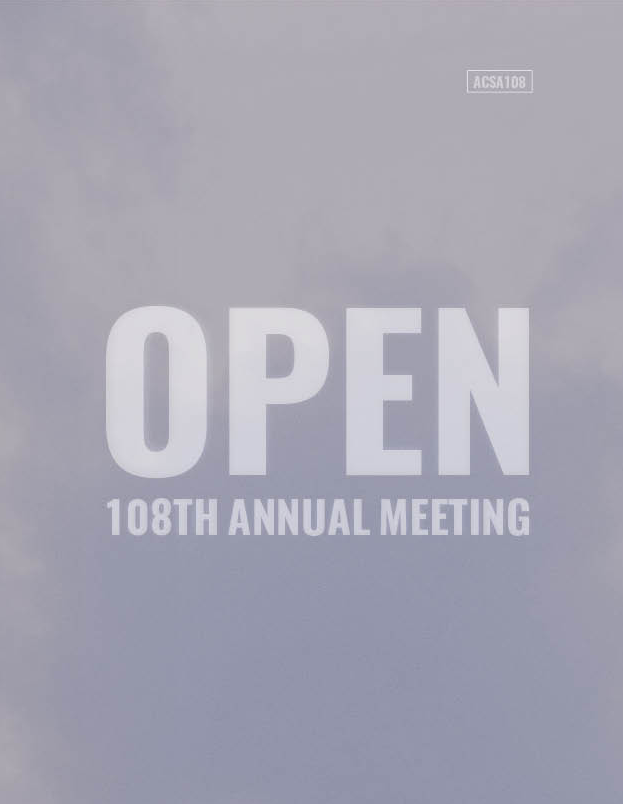Author(s): Mike Eckhoff
The United States is undergoing a national wood revival. This wood revival’s nascent emergence suggests that architects are (again) becoming more familiar and comfortable with the advantages associated with wood-based construction, albeit slowly and in a piecemeal fashion. What appears to be missing from the wood revival, however, is not the sense of aesthetics or utility but rather the sense of urgency. After years spent teaching seminars to practicing architects, engineers, building/fire inspectors and officials (including in the wildland-urban interface or WUI) and teaching forest policy and wood products classes to university students, including about fire-retardant-treated wood (FRTW), class participants seemingly lack awareness of the connections between wood utilization and forest health based on questions they ask of the instructor during class. This paper will strengthen the case for building (stronger) connections between architecture university programs and forestry/wood products academic programs in the United States. First, this paper will review recent data concerning both the current housing crisis as well as the current forest health/wildfire crisis in the United States, suggesting that addressing the forest health/wildfire crisis sustainably could help address the housing crisis simultaneously. Next, this paper will briefly qualitatively review professional archi¬tectural and forestry/wood product-focused organization accreditation schemes. Finally, the paper will suggest ways to adopt simple and inexpensive changes in pedagogy to help build those stronger connections in the absence of support from accreditation guidelines, with an emphasis on building with wood in the WUI.
https://doi.org/10.35483/ACSA.AM.108.8
Volume Editors
ISBN
978-1-944214-26-5

 Study Architecture
Study Architecture  ProPEL
ProPEL 
